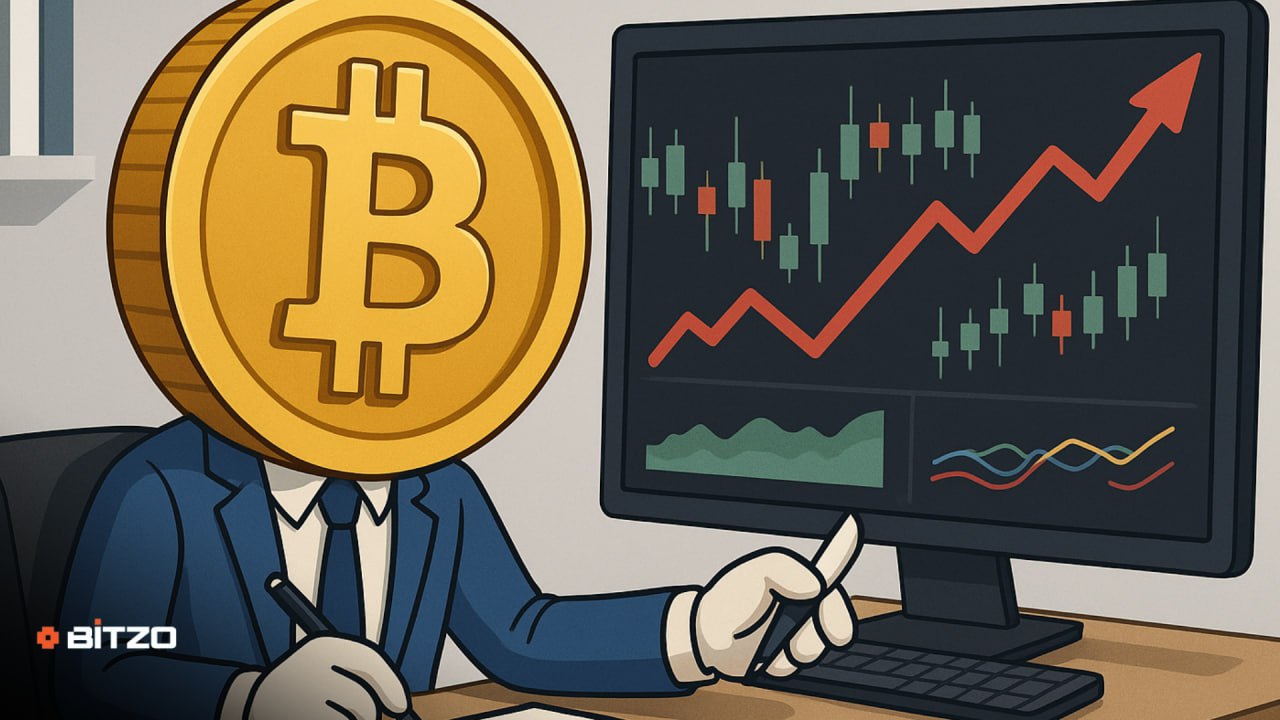Exploring the World of Synthetic Assets: Benefits and Risks
TLDR - Understanding Synthetic Assets
In the world of finance, a synthetic asset is an innovative tool that derives its worth from one or more underlying assets. It is crafted through smart contracts and blockchain technology, offering users the opportunity to engage with a variety of assets without needing to possess them directly. These synthetic assets can reflect anything from conventional assets like equities and bonds to digital currencies and real-world occurrences.
Defining Synthetic Assets
Synthetic assets serve as digital proxies for tangible assets or financial instruments, created and transacted over blockchain networks. They are engineered to replicate the price fluctuations and attributes of the assets they represent. Unlike traditional assets, synthetics are not supported by the physical assets they track. Instead, they depend on smart contracts and oracles to maintain their value alignment with the underlying asset's price.
Mechanisms Behind Synthetic Assets
The creation of synthetic assets is made possible through smart contracts, which are agreements coded to automatically execute terms. These contracts, established on blockchain systems like Ethereum, manage the issuance and administration of synthetic assets.
To mint a synthetic asset, a user deposits collateral into a smart contract, which underpins the asset's value and ensures its stability. The smart contract then generates synthetic asset tokens and allocates them to the user. Oracles, providing real-time price data, typically peg the synthetic asset's value to the underlying asset.
Users may exchange synthetic assets on decentralized trading platforms or other exchanges that support them. Market forces like supply and demand determine synthetic asset prices. Should a synthetic asset's price diverge significantly from the underlying asset, arbitrage can attract traders to align prices again.
Benefits of Engaging with Synthetic Assets
Synthetic assets present numerous advantages over more traditional financial tools:
- Broadened Access: Through synthetic assets, individuals can connect with a wide array of assets, even those less accessible in certain regions, simply using the internet.
- Enhanced Liquidity: Traded around the clock on decentralized exchanges, synthetic assets offer greater liquidity than markets constrained by specific trading hours.
- Portfolio Diversification: Synthetic assets open doors for investors to expand their portfolios efficiently, gaining exposure to various assets without needing to physically hold them.
- Trading Efficiency: Utilizing blockchain technology, these assets cut out intermediaries, thus lowering costs and boosting the efficiency of trades.
Varieties of Synthetic Assets
Synthetic assets can embody a broad spectrum of base assets or financial tools, including:
- Equities: They can track the value trajectory of single stocks or entire indices, providing a way to engage with the stock market without direct ownership of shares.
- Commodities: Whether gold, silver, oil, or agricultural goods, synthetic assets allow for investment without the physical handling of these commodities.
- Digital Currencies: Synthetic versions can replicate cryptocurrency market movements, enabling trading and investment in digital assets without direct possession.
- Financial Derivatives: Synthetic assets can also create derivative products, such as options or futures, offering further trading and risk management opportunities.
Challenges and Considerations for Synthetic Assets
Despite their advantages, synthetic assets carry certain risks and require careful consideration:
- Smart Contract Vulnerabilities: As synthetic assets depend on smart contracts, any flaws or bugs in the code could result in financial losses or price manipulation.
- Oracle Dependence: Oracles are key to maintaining the assets' pegged value, so any compromise in oracle data can impact asset valuation.
- Regulatory Environment: The rules governing synthetic assets are still developing. Users must be aware of jurisdiction-specific legalities and compliance needs before trading.
- Market Volatility: Like other investments, synthetic assets are exposed to market risks, including price swings and liquidity challenges. Thorough market analysis is crucial prior to investing.
Final Thoughts
Synthetic assets offer an innovative method for accessing a diverse range of financial assets and instruments. By employing blockchain and smart contracts, they provide enhanced accessibility, liquidity, and trading efficiency compared to traditional assets. Nonetheless, potential investors must be mindful of the associated risks and considerations, ensuring they perform comprehensive research before delving into synthetic asset trading.







.png)

